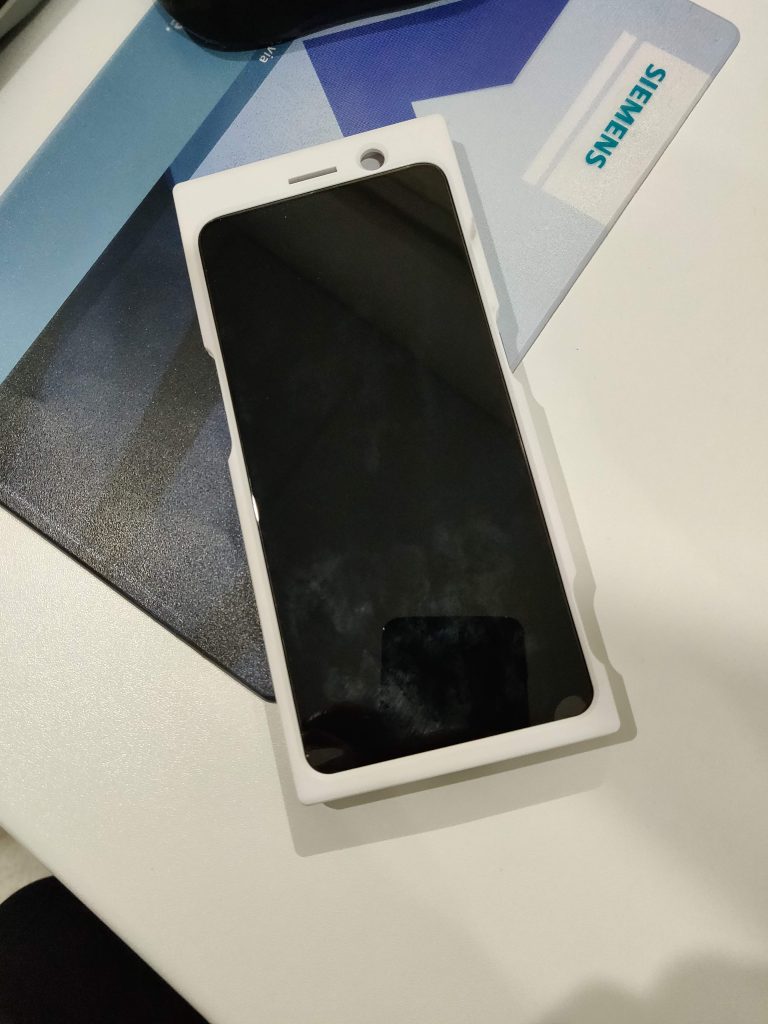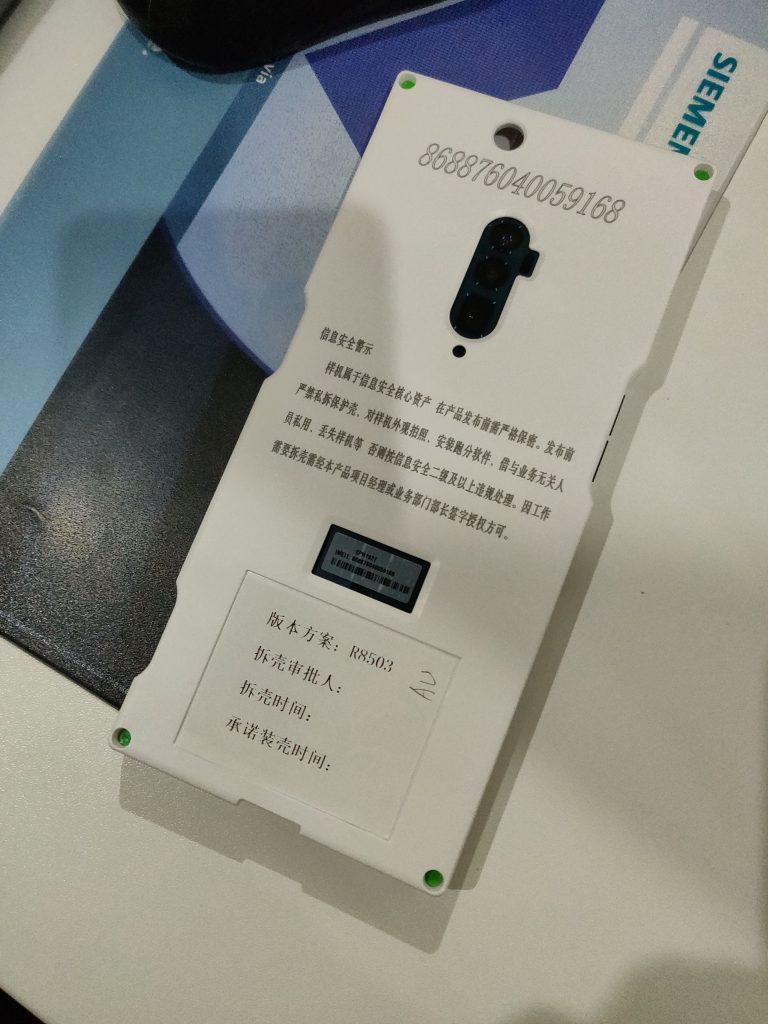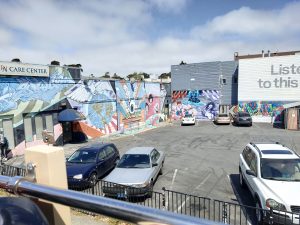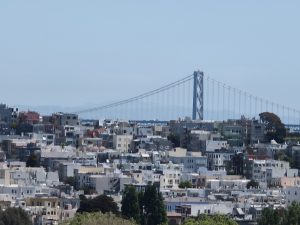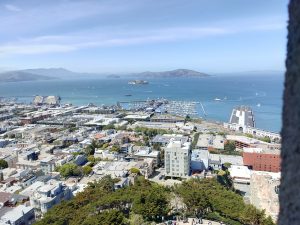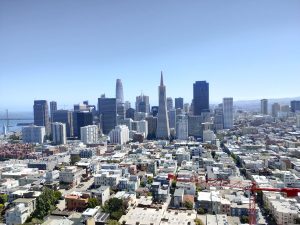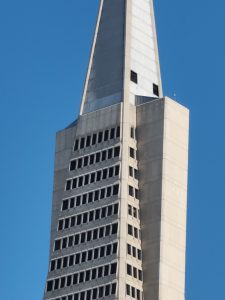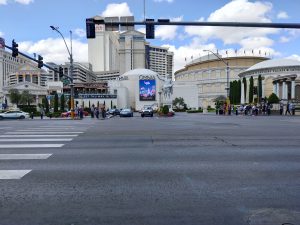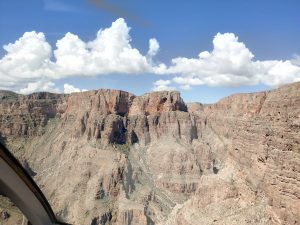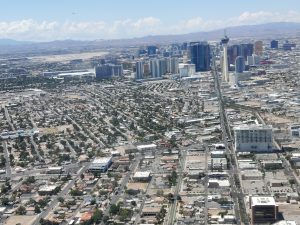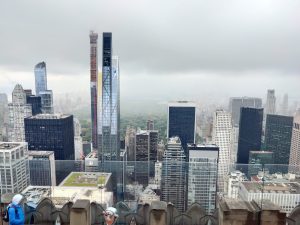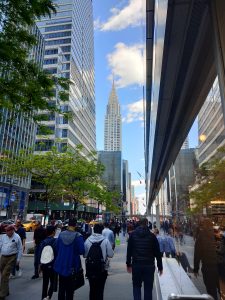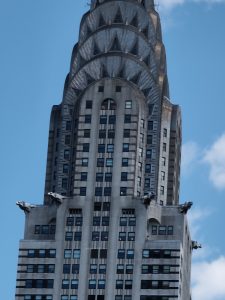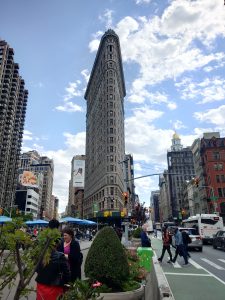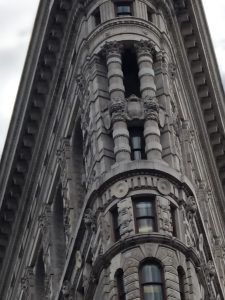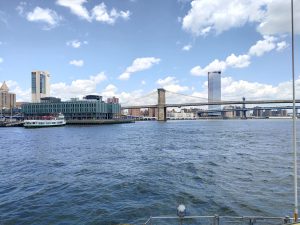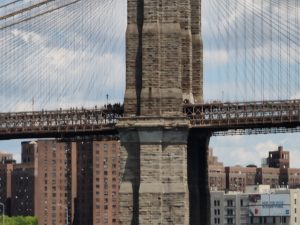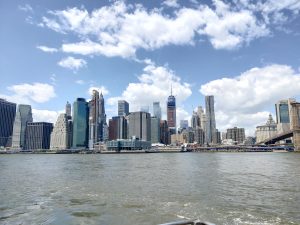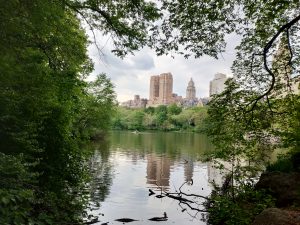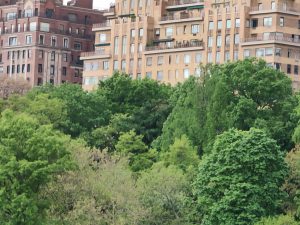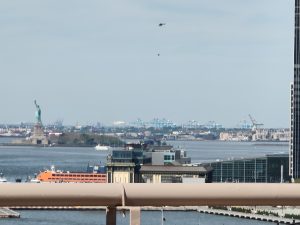Oppo announced their 10x camera zoom technology at Mobile World Congress, and we’ve been anxious to see it appear in a device. With confirmation from the company that the R-series is no more and the future is Reno, we knew pretty well where that 10x camera technology would turn up.
So, we approached OPPO with a proposal that we take a Reno to the US and check out how its 10x zoom performs on tour. Oppo was only too happy to let us loose with their new baby, albeit in a large white “lunchbox” case”. It’s designed to hide Reno’s distinctive angular popup camera, and while you could say it draws more attention to the phone rather than less. it certainly makes it harder for an observer to identify the phone.
It also makes the phone a little harder to use as you need to reach a little further across the surface of the phone to touch things on the screen, but one must suffer for one’s art.
As you might expect, our Reno test unit wasn’t running final software (although we did get to see one up close at Google I/O). Oppo assured us that the zoom would still work though — and boy, did it work!
What is the Reno 10x camera setup?
Reno features a triple-sensor rear camera array, comprising a 48MP Sony IMX 586 sensor whose primary lens is f/1.7 aperture, an 8MP wide-angle lens with f/2.2, and a 13MP telephoto lens with f/3.0.
It’s an evolution of technology Oppo showed off a couple of years ago, but never put into a commercially-available phone. This time out, they’ve wasted no time getting the technology out to consumers.
Reno’s telephoto lens is periscopic – it features a prism that bends light at a right-angle, and the lens can be moved inside the body of the phone to provide an optical – as opposed to digital – zoom capability on the 13MP sensor.
Reno’s camera system is thus capable of performing a 10x zoom, and Oppo says that in the future it’ll be capable of digital zoom up to 60x (although our test unit would “only” go up to 20x).
An American Testing Ground
So where did we take our Reno test unit?
San Francisco, Las Vegas and New York. Yep, Golden Gate Bridge, The Strip, The Grand Canyon, Statue of Liberty, Central Park, Empire State Building… all of the above.
We tested Reno’s camera in a few different scenarios: mounted on a small mobile tripod, perched on a handheld support pole, and finally the way you usually hold a phone – handheld, with the only support available something you can lean yourself or the phone against.
The results were stunning, with some Ausdroiders expressing some disbelief when they heard how the shots were taken.

Shutter Shake
One thing to keep in mind when using “superzoom” smartphone cameras (or any camera, really) is that tapping the shutter button will most likely move the device, resulting in a slight move of camera. It’s especially evident when you’re zoomed in, as the slightest movement can significantly change how you frame your subject.
You can get around this a couple of ways: set the timer before setting up to take the photo, use smile detection (depending on your subject) or use a Bluetooth remote shutter button of some sort — I used a one from a Xiaomi selfie stick.
San Francisco
The first set of pictures are obviously from San Francisco on a clear day. The zoom lived up to its potential creating some great shots.
The photos of the Transamerica Pyramid Center were taken handheld, from a tour bus that was stopped at traffic lights. The engine was still running though, so it caused a little camera shake in the final result.
Las Vegas
After San Francisco, it was on to Las Vegas. We got some great shots of the strip and the various structures on it, all taken using a bollard as a support.
Our favourite photos though, were taken on our helicopter tour of the Grand Canyon (if you ever get a chance to do this sort of trip I highly recommend it).
Even from the chopper in the air, the photos were stunning. Once in the bottom of the Grand Canyon, I got out the tripod and set to work.
WOW.
Aside from the calmness of the surroundings (and the great champagne and food we ate), the view was stunning.
New York, New York
A whirlwind tour of Las Vegas was followed by an overnight flight to New York where we hit the ground running, visiting the Statue of Liberty, Top of the Rock and a few other places. Unfortunately, New York didn’t turn on the weather for us and we were out and about on a dull, dreary and rainy day. Once the sun cleared a couple days later, we were able to get some great shots of the stunning buildings and scenery in New York.
All of these photos were taken at Reno’s 10x zoom.
Of course, IRL you probably won’t use that full zoom capability on a regular basis but rather something between 1 and 10x. On a day to day basis the ability to perform such large amounts of zoom to get a decent shot of something would and could be invaluable.
While we’re at it, we also need to point out that all these photos were taken with pre-release software on a prototype Reno smartphone which, while it does appear to be final hardware (I compared mine closely against one on display at Google I/O) is notably not final software. Don’t let that stop you enjoying them though.
We’re hoping to get our hands on some final Australian Reno hardware in the coming days with final software, and will duly put it through its paces. We’re also planning a superzoom shootout between Reno and Huawei’s P30 Pro. It will be interesting to see how they fare against each other. Stay tuned for some decent battles and hopefully some great shots.
There’s no doubt that in Reno, Oppo’s packed an amazing, innovative zoom feature that will allow users to make some amazing images, even from afar. If this becomes the norm for premium smartphones we’ll be first in line.
What do you think of the images captured by Oppo’s Reno 10x superzoom? Tell us in the comments.


